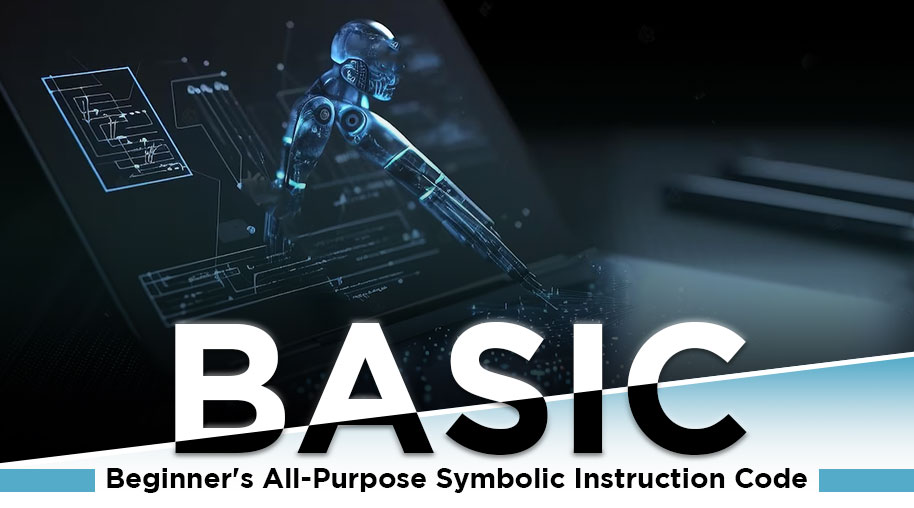DRT Full Form - Debt Recovery Tribunal
by Shashi Gaherwar
0 1019
Debt Recovery Tribunal (DRT): Functions, Jurisdiction, and Legal Framework
Introduction
Debt Recovery Tribunals (DRTs) play a crucial role in the Indian financial system by facilitating the recovery of bad loans and resolving disputes between creditors and borrowers. Established under the Recovery of Debts Due to Banks and Financial Institutions Act, 1993, DRTs help banks and financial institutions recover unpaid debts efficiently. This article explores the functions, jurisdiction, procedures, and impact of DRTs in ensuring financial stability and legal redressal.
What is a Debt Recovery Tribunal?
A Debt Recovery Tribunal (DRT) is a specialized legal body that adjudicates cases related to debt recovery filed by banks and financial institutions against defaulters. DRTs are empowered to recover loans exceeding ₹20 lakh, ensuring a faster resolution than conventional civil courts. The tribunal operates under the SARFAESI Act, 2002, which allows banks to seize and auction assets of defaulting borrowers without court intervention.
Jurisdiction of DRT
DRTs primarily handle cases related to:
• Loan defaults exceeding ₹20 lakh
• Recovery proceedings initiated under the SARFAESI Act, 2002
• Appeals against actions taken by secured creditors
• Claims filed by banks and financial institutions for debt recovery
DRTs do not entertain cases involving:
• Loan disputes below ₹20 lakh
• Cases filed by individuals against banks
• Non-banking financial institutions (NBFCs) unless specifically allowed
Structure and Composition of DRT
Each Debt Recovery Tribunal consists of:
1. Presiding Officer (PO): Appointed by the central government, the PO is a judge with judicial experience and is responsible for handling cases.
2. Recovery Officer (RO): Executes recovery orders, manages auctions, and ensures compliance with tribunal rulings.
3. Support Staff: Includes clerks, legal assistants, and other officials to aid in administrative tasks.
Appellate Authority: Debt Recovery Appellate Tribunal (DRAT)
If a party is dissatisfied with the DRT's decision, they can appeal to the Debt Recovery Appellate Tribunal (DRAT). However, the appellant must deposit a minimum of 50% of the debt amount before filing an appeal.
Procedure for Filing a Case in DRT
1. Filing of Application:
a. The creditor (bank or financial institution) files an application under Section 19 of the RDDBFI Act, 1993.
b. The application must include details of the borrower, loan agreement, outstanding debt, and security pledged.
2. Issuance of Notice:
a. The tribunal serves a notice to the borrower (defaulter) to respond within a specified timeframe.
3. Proceedings and Evidence Submission:
a. Both parties present their arguments and evidence.
b. Witnesses may be examined to support claims.
4. Final Order and Recovery Certificate:
a. If the tribunal rules in favor of the bank, it issues a Recovery Certificate.
b. The Recovery Officer takes steps to recover the debt, including attachment and auction of assets.
5. Appeal Process:
a. If dissatisfied, the borrower or creditor can appeal to the Debt Recovery Appellate Tribunal (DRAT) within 30 days.
Role of the SARFAESI Act in Debt Recovery
The Securitization and Reconstruction of Financial Assets and Enforcement of Security Interest (SARFAESI) Act, 2002 empowers banks to recover bad loans efficiently. Under this Act:
• Banks can seize and sell mortgaged properties without court intervention.
• Borrowers can appeal against wrongful seizure to the DRT.
• The process ensures quicker resolution compared to lengthy civil court procedures.
Advantages of Debt Recovery Tribunals
1. Faster Resolution: Unlike civil courts, which take years to resolve disputes, DRTs provide quicker relief to financial institutions.
2. Reduction of NPAs: DRTs help banks recover Non-Performing Assets (NPAs), reducing financial risks.
3. Legal Protection for Creditors: Ensures that banks can recover their dues without undue delays.
4. Borrower’s Right to Appeal: Defaulters have a legal route to contest wrongful recovery actions.
5. Specialized Tribunal: DRTs deal exclusively with debt-related cases, ensuring expert judgment and focused attention.
Challenges Faced by DRTs
1. Case Backlog: Increasing NPA cases have led to a pile-up of cases, delaying recovery proceedings.
2. Resource Constraints: Shortage of presiding officers and support staff affects efficiency.
3. Defaulter Tactics: Some borrowers use legal loopholes to delay recovery proceedings.
4. Appeals to Higher Courts: Frequent appeals to DRAT and High Courts slow down the process.
5. Jurisdictional Conflicts: Overlapping provisions of SARFAESI Act and Insolvency & Bankruptcy Code (IBC) create legal complexities.
Recent Reforms and Government Initiatives
To improve DRT functioning, the government has:
• Increased the number of DRTs across India.
• Digitized case filing and proceedings to speed up processes.
• Amended the SARFAESI Act to provide better enforcement mechanisms.
• Strengthened NBFC involvement in recovery proceedings.
Debt Recovery Tribunals (DRTs) play a vital role in ensuring financial stability by facilitating the recovery of bad loans from defaulters. Their structured legal framework, backed by the SARFAESI Act, provides an efficient mechanism for loan recovery while safeguarding borrower rights. However, challenges such as case backlogs and legal delays must be addressed to enhance their effectiveness.

Share:








Comments
Waiting for your comments